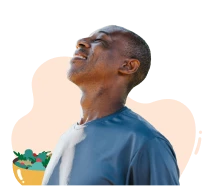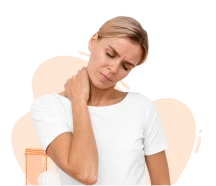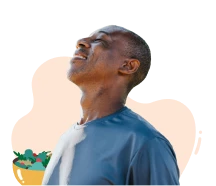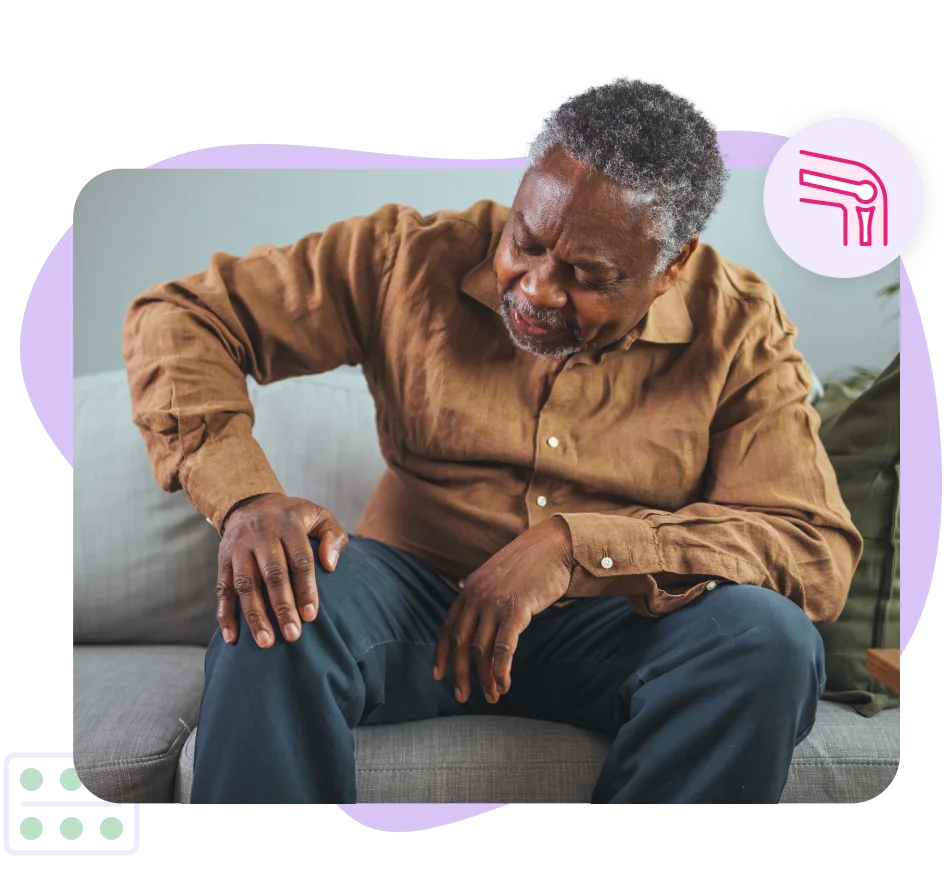Overview
What is arthritis?
Arthritis is a common inflammation and degeneration of the joints that results in pain, stiffness, and reduced mobility. There are different types of arthritis, but two common forms are osteoarthritis (OA) and rheumatoid arthritis (RA).
Who gets arthritis?
Arthritis affects people of all ages, including children, but it is more common in people after age 40.
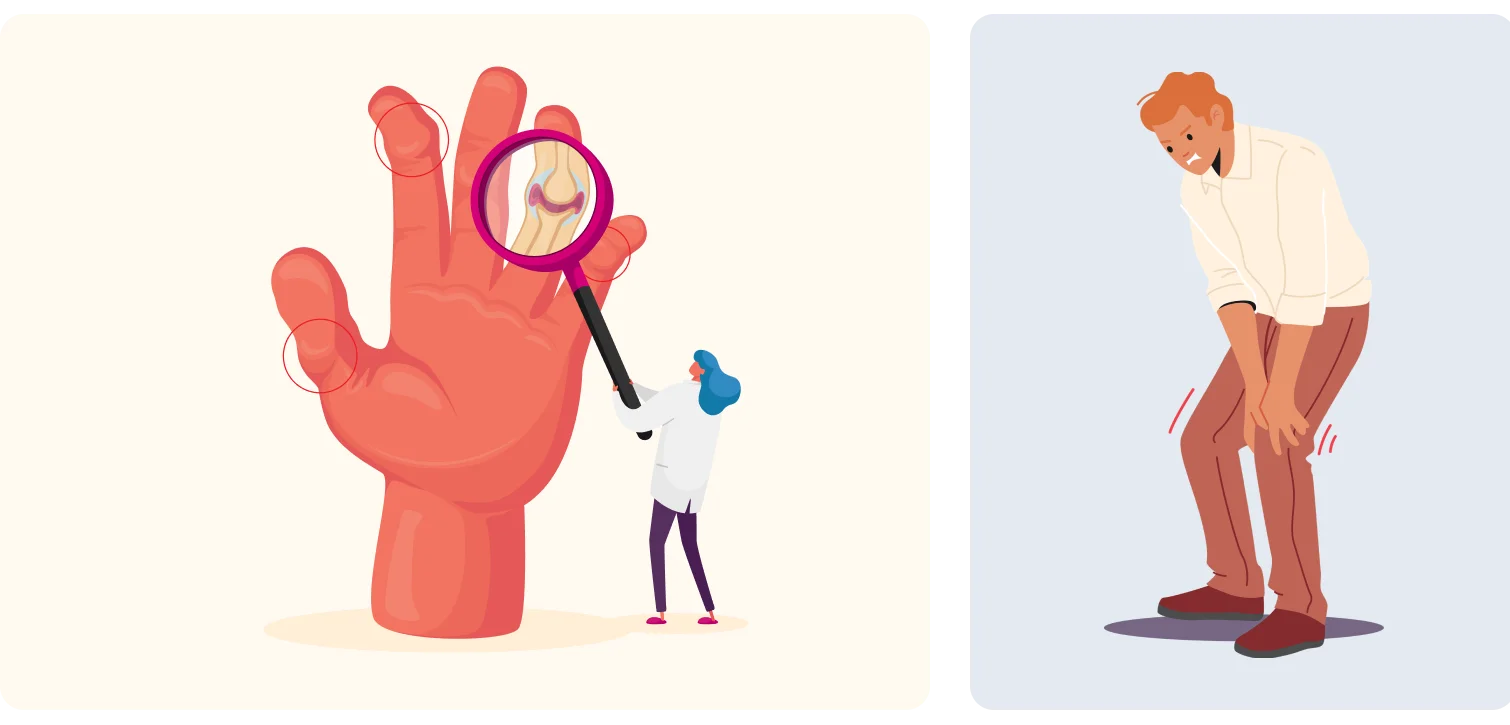
Types & Causes
Osteoarthritis (OA)
Osteoarthritis is the most typical and occurs with age as a result of wear and tear on weight-bearing joints such as the knees, hips, and spine, as well as the hands and fingers. In addition to natural wear and tear, the most common causes of osteoarthritis are:
- Previous joint injuries, such as fractures or ligament tears, and repetitive stress or overuse of joints.
- Excess weight puts additional stress on weight-bearing joints.
- Specific gene variations may affect cartilage structure or the body’s ability to repair damaged joints.
Rheumatoid arthritis (RA)
Rheumatoid arthritis is an autoimmune disease that occurs when the immune system mistakenly attacks the lining of the joints (synovium)—causing chronic and painful inflammation in the hands, wrists, feet, ankles, and knees. While it remains uncertain why the body does this to itself, here are some of the most common risk factors:
- Specific genes involved in the immune system, are associated with an increased risk.
- Smoking has been identified as a significant environmental risk factor for RA.
- Women are more likely to be affected than men suggesting that hormonal factors such as those that occur during pregnancy or menopause may play a role.
Symptoms
Both Osteoarthritis (OA) and rheumatoid arthritis (RA) cause joint stiffness and pain, however the location, timing and patterns may vary. Here are some symptoms to help you identify each one:
Osteoarthritis (OA):
- Joint pain worsens with activity and improves with rest.
- Tender joints that are sensitive to touch.
- Grating or crackling sensation (crepitus) when moving the joint.
- Bone spurs (osteophytes) at the edges of the affected joints.
Rheumatoid arthritis (RA):
- Same joints are affected on both sides of the body simultaneously (symmetrical joint involvement).
- Systemic fatigue, fever, weight loss, and general malaise.
- Prolonged morning stiffness that can last for hours.
- Swelling, warmth, and redness of the affected joints.
- Small firm lumps (Rheumatoid nodules), can develop under the skin.















